AM Superheterodyne Receiver
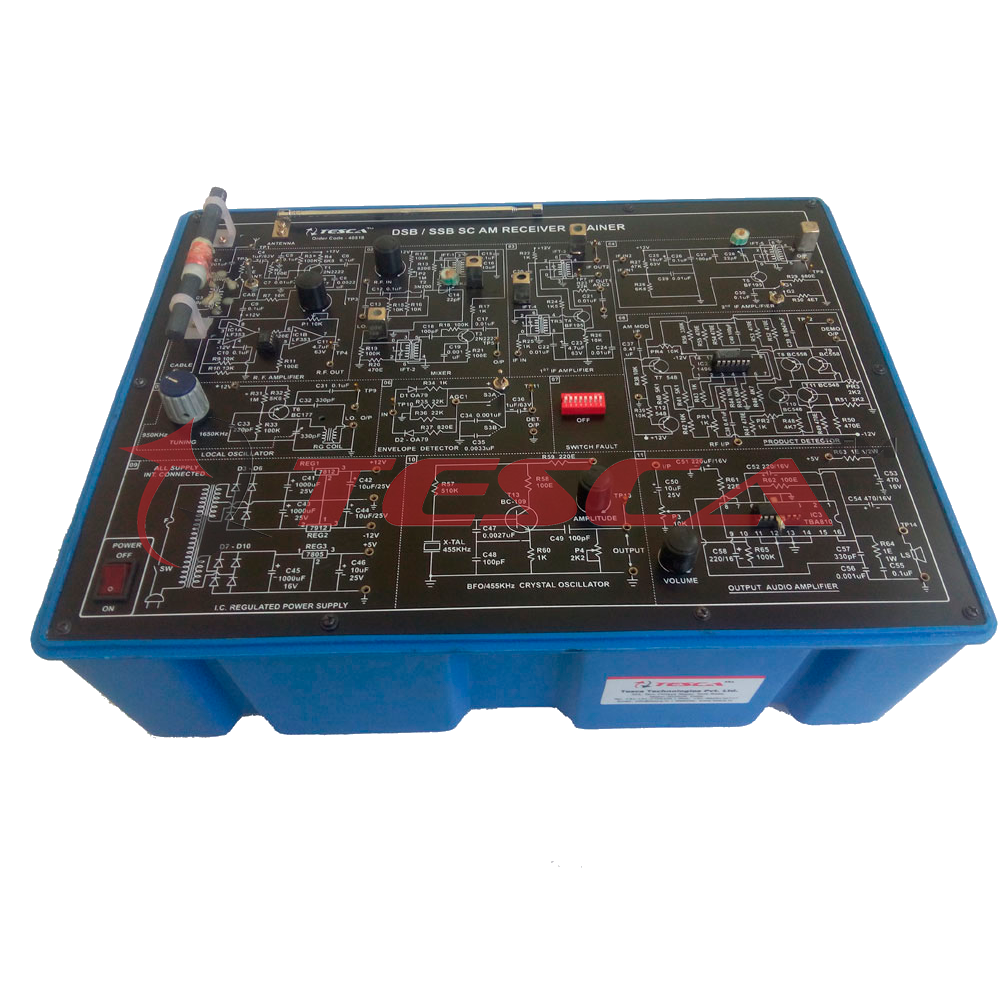
Order Code: 22236079.4.27
Category: General Lab Equipment I
Panels made in metal case with bench support and the electrical scheme on the front panel. The board shall consist of an AM receiver of up-to date design, operating in the mid and long wave range, carried out in such a way that the different function...
SPECIFICATION
Panels made in metal case with bench support and the electrical scheme on the front panel. The board shall consist of an AM receiver of up-to date design, operating in the mid and long wave range, carried out in such a way that the different functional blocks that compose it can be separately analyzed. This board shall include a full AM receiver operating in the range of Medium Waves (525 ÷ 1610 kHz) and in the range of Long Waves (148 ÷ 284 kHz). The circuit shall be a classic AM super heterodyne receiver allowing the student to investigate the fundamental aspects of AM signal processing in reception.
Technical Features:
The receiver shall be of the super heterodyne type and it shall include: the antenna circuit, the frequency converter, two intermediate frequency amplifiers and the diode detector with automatic control gain. Complete with integrated audio amplifier and loudspeaker. Frequency Range: MW, from 525 to 1610 kHz, LW, from 148 to 284 kHz, Intermediate frequency: 468 kHz, Output power: 1 W at 8 N, Power supply: + 15 Vdc, 300 mA, With this module it must be possible to perform the following experiments: AM receiver, Antenna circuit, Autodyne converter, Intermediate frequency amplifier, Detector and AGC, Image interference, Audio amplifier, Receiver alignment.panels made in metal case with bench support and the electrical scheme on the front panel. The board shall consist of an AM receiver of up-to date design, operating in the mid and long wave range, carried out in such a way that the different functional blocks that compose it can be separately analyzed. This board shall include a full AM receiver operating in the range of Medium Waves (525 ÷ 1610 kHz) and in the range of Long Waves (148 ÷ 284 kHz). The circuit shall be a classic AM super heterodyne receiver allowing the student to investigate the fundamental aspects of AM signal processing in reception. Technical features: The receiver shall be of the super heterodyne type and it shall include: the antenna circuit, the frequency converter, two intermediate frequency amplifiers and the diode detector with automatic control gain. Complete with integrated audio amplifier and loudspeaker. Frequency range: MW, from 525 to 1610 kHz, LW, from 148 to 284 kHz, Intermediate frequency: 468 kHz, Output power: 1 W at 8 N, Power supply: + 15 Vdc, 300 mA, With this module it must be possible to perform the following experiments: AM receiver, Antenna circuit, Autodyne converter, Intermediate frequency amplifier, Detector and AGC, Image interference, Audio amplifier, Receiver alignment.panels made in metal case with bench support and the electrical scheme on the front panel. The board shall consist of an AM receiver of up-to date design, operating in the mid and long wave range, carried out in such a way that the different functional blocks that compose it can be separately analyzed. This board shall include a full AM receiver operating in the range of Medium Waves (525 ÷ 1610 kHz) and in the range of Long Waves (148 ÷ 284 kHz). The circuit shall be a classic AM super heterodyne receiver allowing the student to investigate the fundamental aspects of AM signal processing in reception. Technical features: The receiver shall be of the super heterodyne type and it shall include: the antenna circuit, the frequency converter, two intermediate frequency amplifiers and the diode detector with automatic control gain. Complete with integrated audio amplifier and loudspeaker. Frequency range: MW, from 525 to 1610 kHz, LW, from 148 to 284 kHz, Intermediate frequency: 468 kHz, Output power: 1 W at 8 N, Power supply: + 15 Vdc, 300 mA, With this module it must be possible to perform the following experiments: AM receiver, Antenna circuit, Autodyne converter, Intermediate frequency amplifier, Detector and AGC, Image interference, Audio amplifier, Receiver alignment.


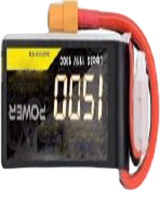
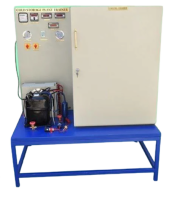
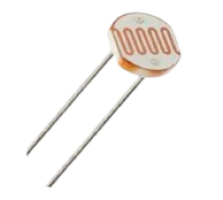
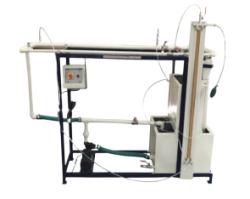
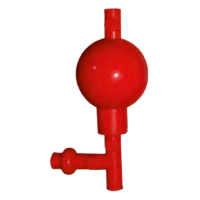
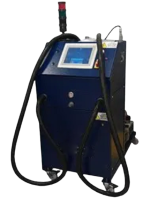
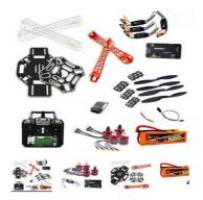
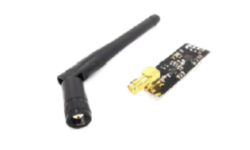

 91-9829132777
91-9829132777